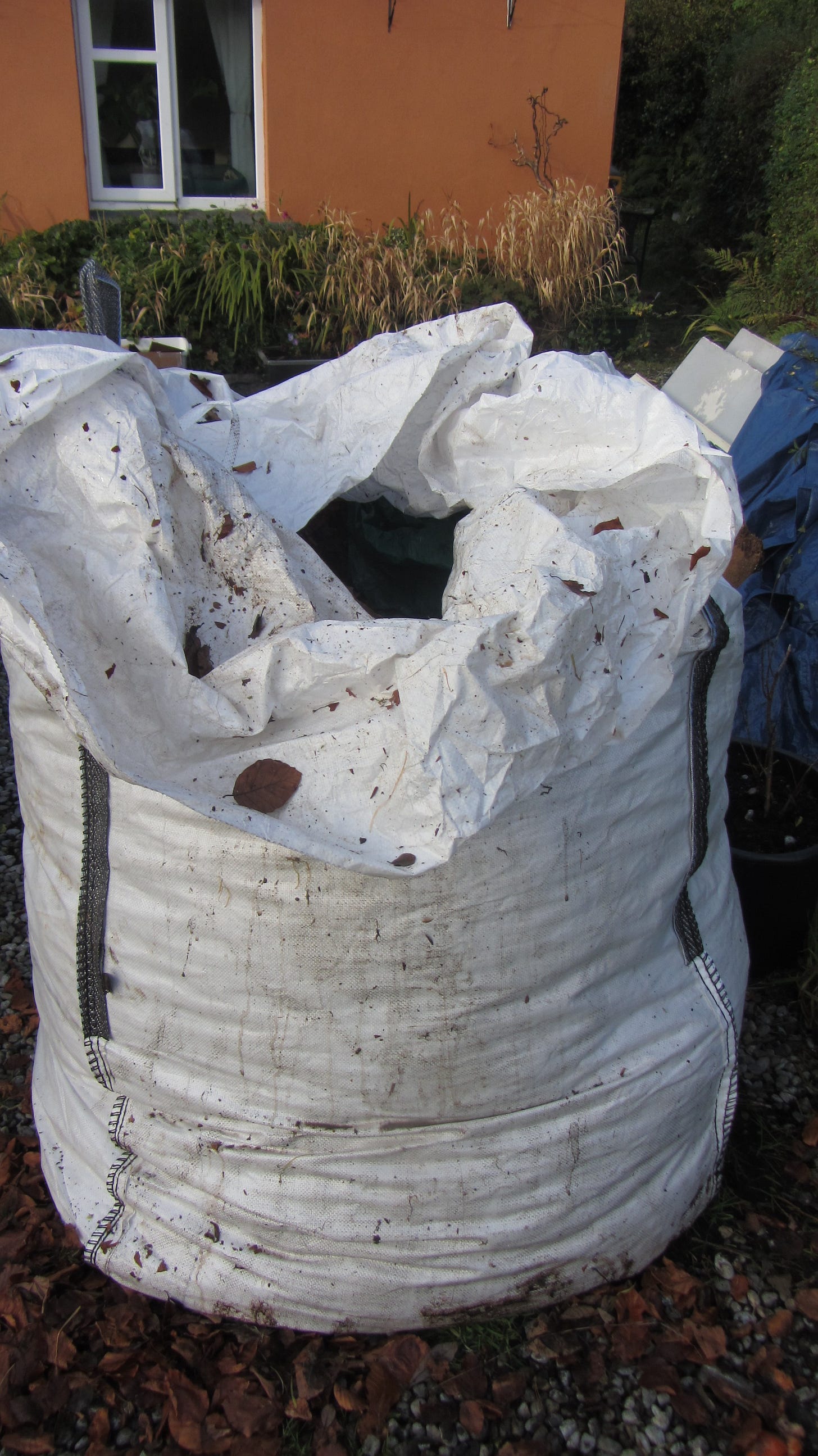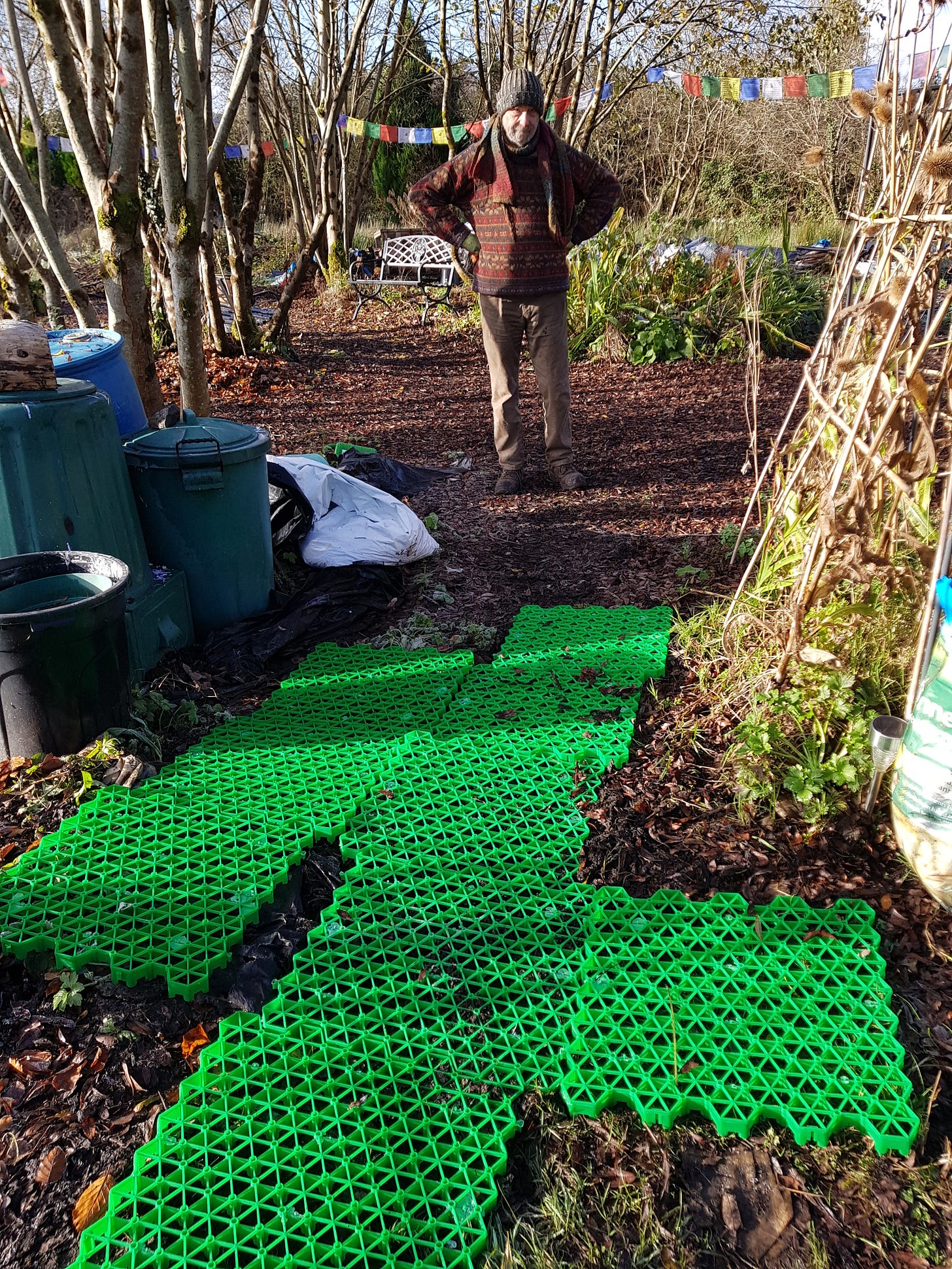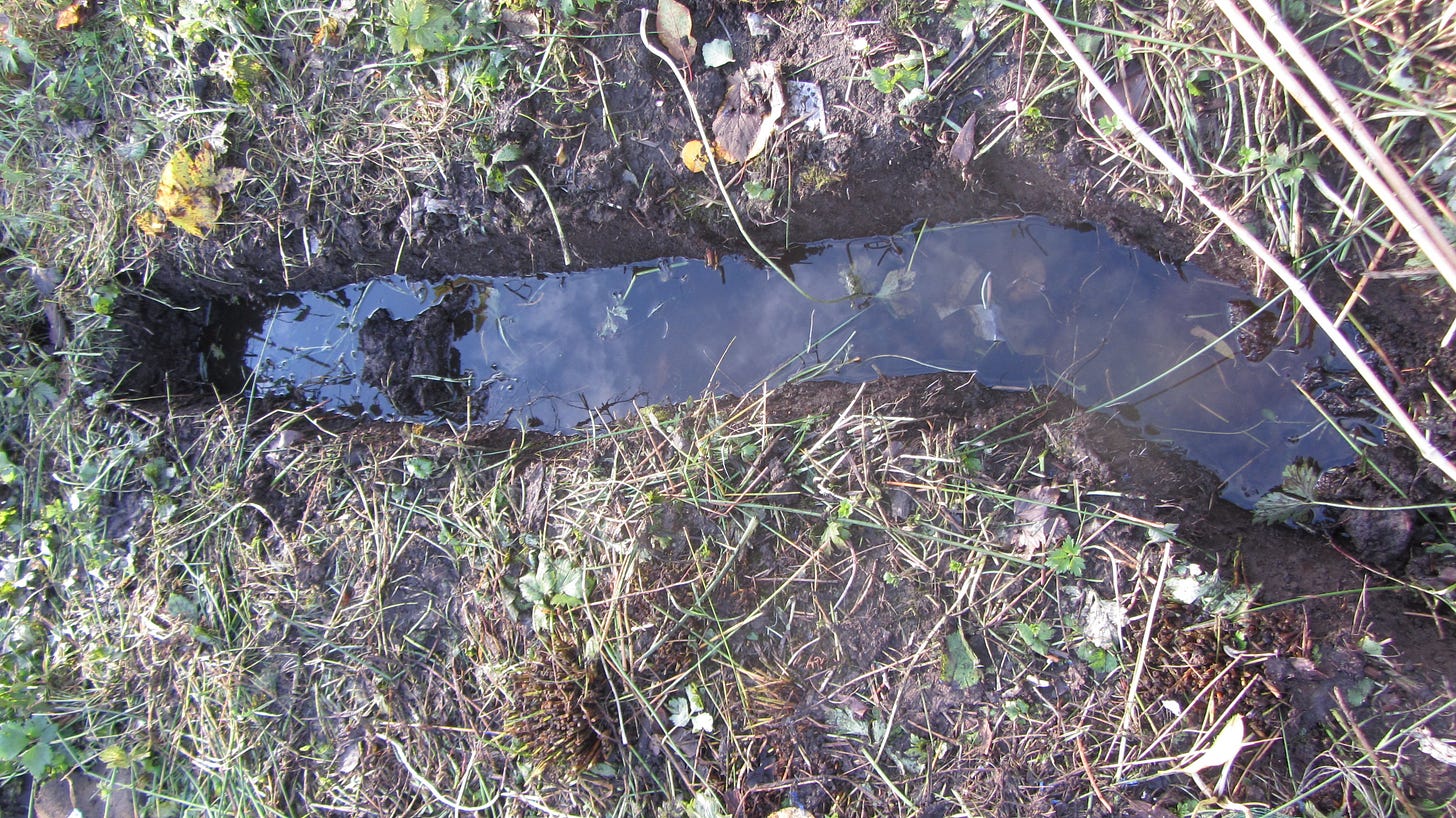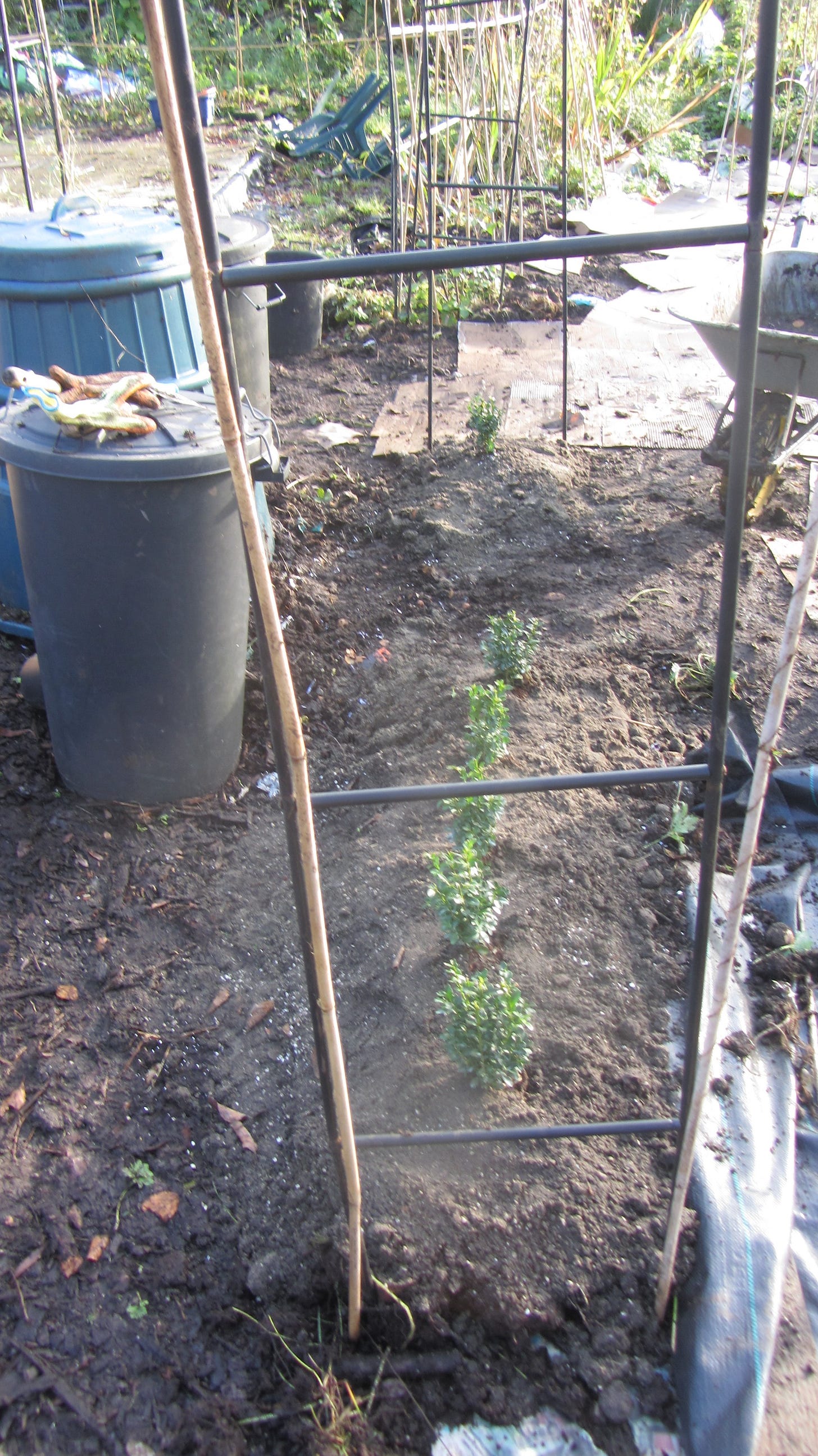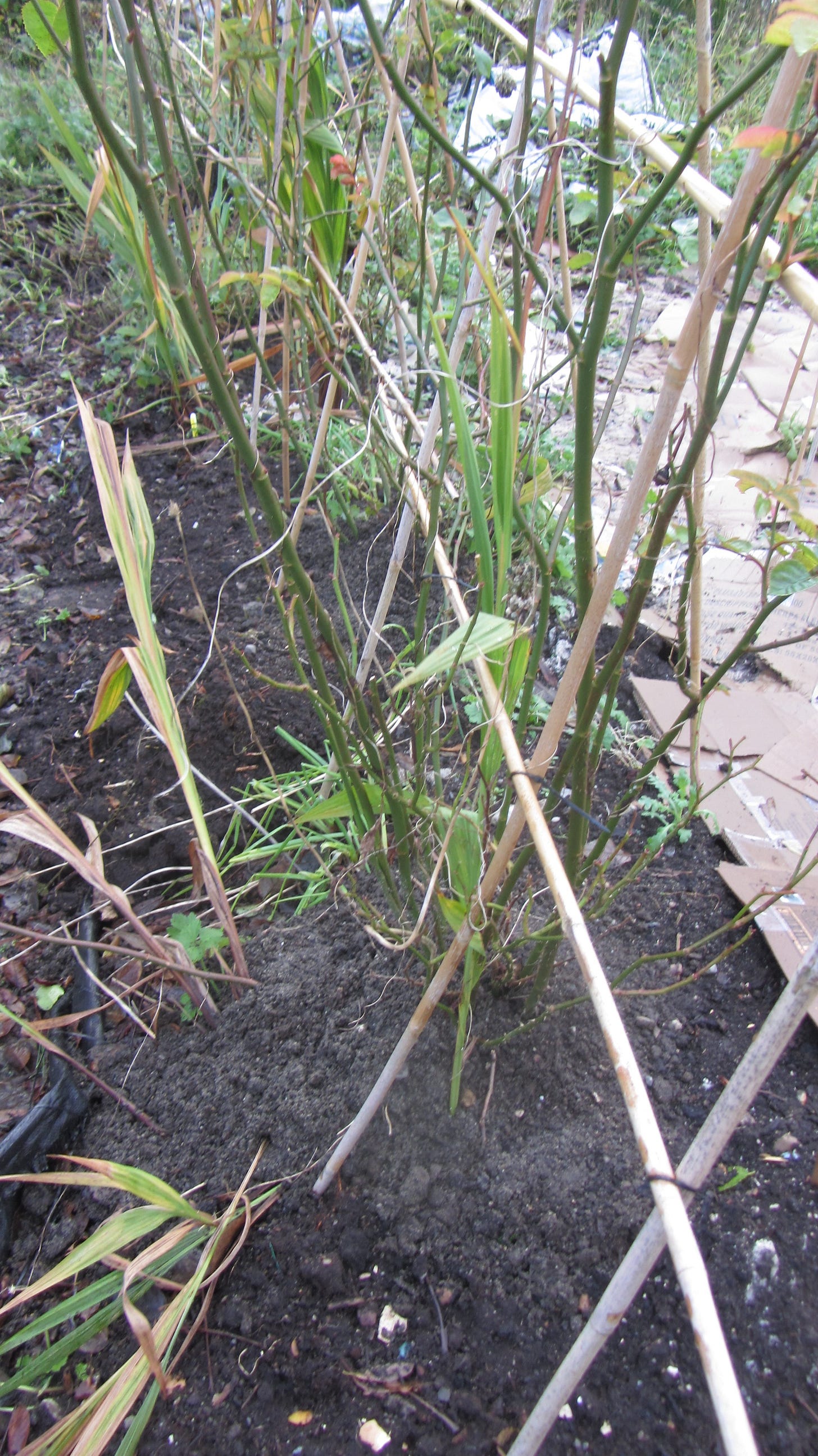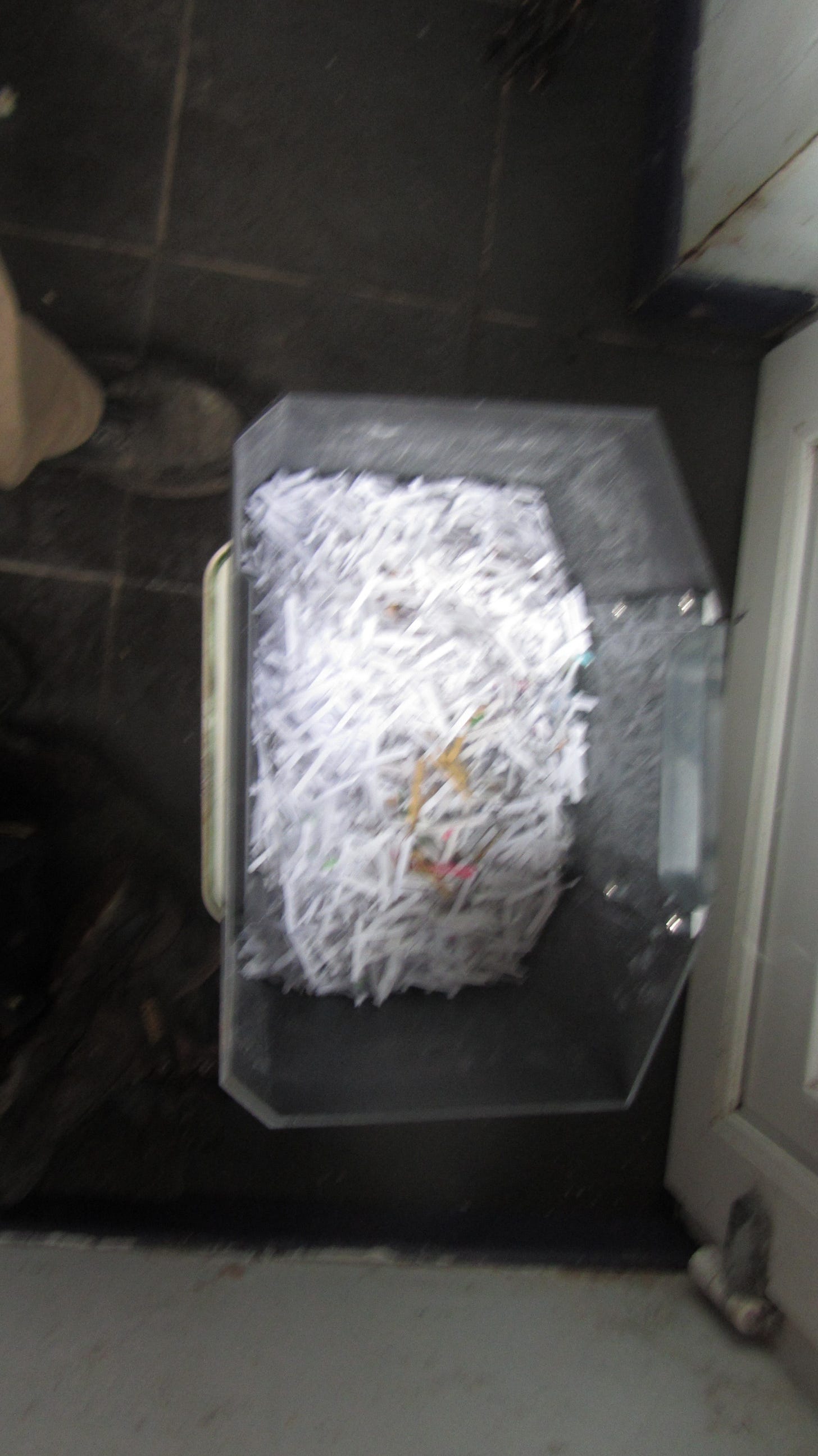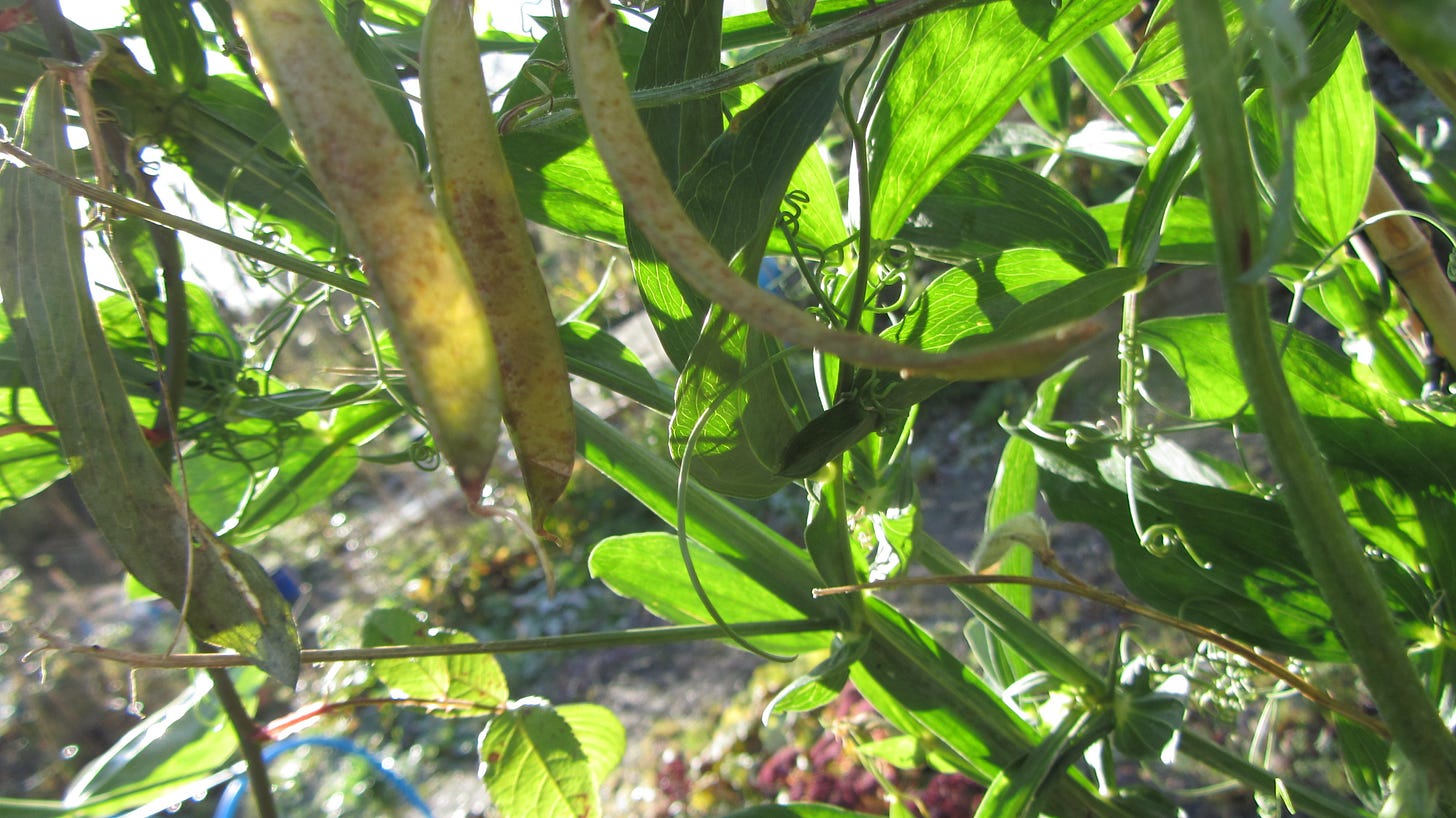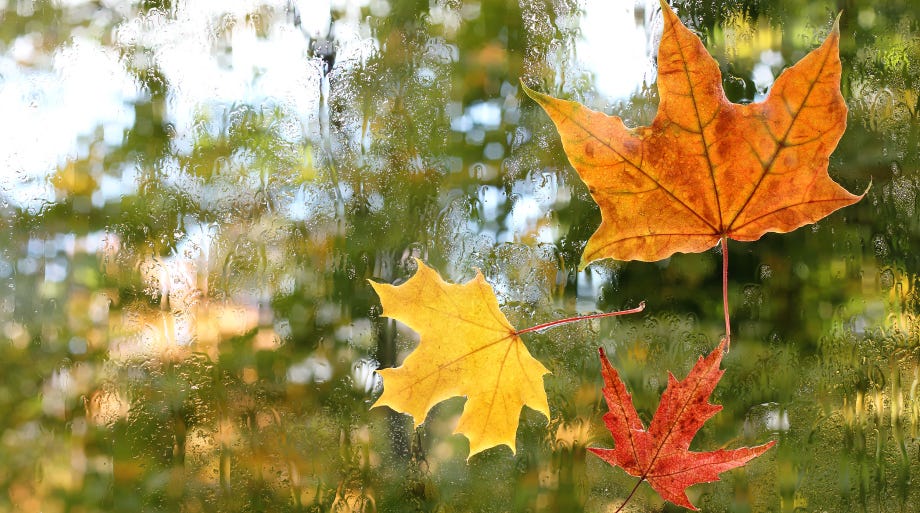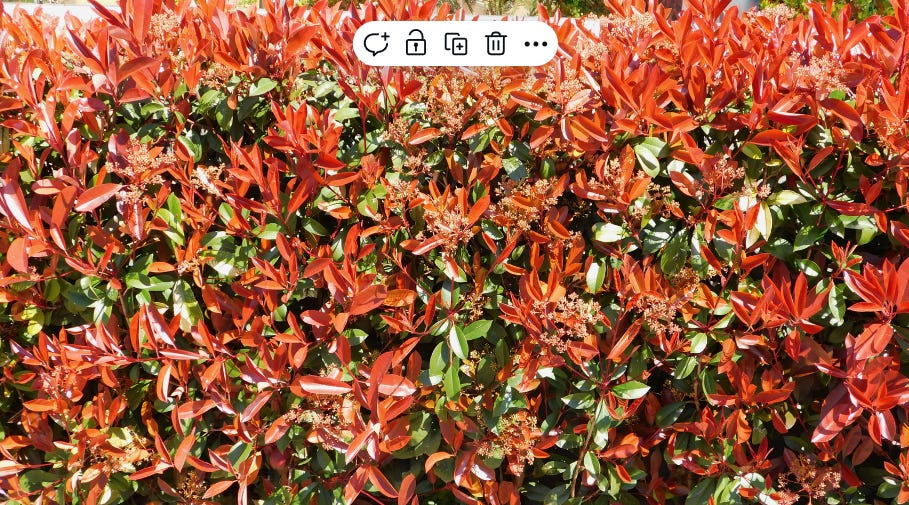Mindful Gardening Newsletter No 38
This week in Cordressagagh it’s been really cold with lots of rain and icy wind. Much of this week has been spent digging ditches, moving gravel and laying pipes. The rain has been torrential during some nights and as you will see the ditches quickly fill with water. I have begun to feed the birds with double portions. The blackbird with the white spot on its cheek has returned and sits in the nearby alder tree singing its blackbird song early in the morning.
This morning, I was up earlier than usual. I was dozing and then there were the telltale signs of our cat Toffee bringing me a gift by way of a live field mouse. I am now an expert in capturing live field mice provided they don’t move beyond the bathroom. I reckon that if there were an Olympic sport around rescuing live field mice, I would clearly represent Ireland. If I drew a field mouse body on our car for everyone rescued, I would be recognized as an ace.
Gifts Keep Coming
Ton bag of leaves for mulching
The leaf fairy who is our lovely neighbor David left a ton of fallen leaves. These are lovely and dry, and Bee and I will be using these as mulch on many of the borders that have roses and perennials growing in them. This keeps the roots from being damaged by frost and helps with suppressing the weeds. Aesthetically speaking, I love the look of fallen leaves mulched around the borders. We lay a very thick pile which can be simply lifted come spring.
Safety First Pathing
Me creating a safer walkway into Stewart’s Grove
At this time of year with increased rainfall there are parts of the garden the begin to fill with water and when we walk there it becomes muddy and not so safe. So, I am experimenting with laying these grids on the path which I am filling with sieved gravel and which I will then lay bark on top off. These are safe to walk on at the moment although I am not so sure about the luminescent color green. The green will however be covered over with the brown of the bark that covers Stewart’s grove and should look lovely as well as being safe.
Creating the Orchard Lawn
Creating drainage in the Fruit and Nut Garden
Last year I planted a fruit and nut garden with lots of apple, pear, plum and quinch together with some hazel nut trees. This area of the garden is really soggy and has seen a proliferation of weeds and rushes. The rushes are there because they love water.
I am slowly digging trenches between all of the various trees that I fill with gravel, lay pipes and cover with more gravel. I intend to lay some of the grids as shown above in order to create a safe walkway through the fruit and nut garden. As I dig create this drainage I will be covering the ground with cardboard, topsoil and then spreading lawn seed. It’s a slow job given the rain and wind because I am really a fair weather gardener.
Creating the Compost Room
Planting a row of box hedging between compost area and orchard
One of the things I love about this garden of grace is that I get to divide sections of it into different rooms. There is the St. Bridget’s Garden room, there is the Yeat’s Garden room and more. This week I created a boundary between the orchard and the compost and propagation area of the garden. This is a line of box plantlets that I bought from Ashwood Garden center in Enniskillen - £11.50 for 6.
I have created a raised border with a mixture of compost, topsoil, sand and perlite. This means that the hedging doesn’t have its roots sitting in water, which has happened with other plantings that are not raised off the ground and which turn yellow from being to wet. Having planted them I water them from the barrel of rainwater that smells given that I put nettle root and comfrey in it which are a great free plant food.
In years to come the box hedging will screen the orchard and compost area and create a separate room that is accessible through the archways that will have rambling roses or sweet peas cascading through them.
Mulching the Roses
Mulching the roses in the Writer’s Garden
The writer’s garden is surrounded by roses which are from David Austin which for the most part are named after the writer Emile Bronte. The archways have the variety The Generous Gardener. I subscribe to the David Austin email and this week it advised that I mulch all the roses so that they are protected from frost.
The old church tower and garden wall
Are black with autumn rain,
And dreary winds foreboding call
The darkness down again.From The Old Church Tower and Garden Wall - Emile Bronte
I have mixed a combination of bought in farmyard manure, sand and topsoil and piled this up around those roses that are not surrounded by nepeta. It’s a great combination but it needs a serious haircut. This I have done for one side of the writer’s garden and will complete this task this week. Our ginger tom Toffee (Professor Toffington and other assorted names) loved the nepeta which is catmint. He sniffs it as if he was doing a line of cocaine and he seems to get high on it.
Nepeta is a great alternative to lavender. I have tried lavender in the garden with very mixed results even when I create will drained areas in which to plant and plant on a slope, so it doesn’t sit in the wet. However, Nepeta is great. You plant it and it simply takes off. I love it under roses.
Compost Creation
Home Office shredder for creating compost
This is a little home shredder that we invested in for creating shredded paper to add to the compost. With the large green enclosed compost bins there is a tendency to create anaerobic conditions which means the food waste you put into the compost turns too mush and is smelly.
We now have a system of three bins alongside the compost bin. There is one for shredded paper, one for topsoil and one for composted bark. When we add waste food to the bin, we cover it with either one or more of these three ingredients. The result is that there is more air in the compost bin, and you avoid the anaerobic conditions and produce a better and better smelling home compost.
Compost is a symbol of the cycle of life. It teaches us that waste is merely a stage in transformation, turning decay into fertility and death into rebirth. - Masanobu Fukuoka - Japanese farmer, philosopher, and naturalist
Don’t think that the compost you produce in these bins is like that you buy in the garden Centre. You are best sieving it and adding the lumpy bits back in the bin. However, the finished product is filled with fabulous nutrients for your plants. If you use it for seed sowing it really needs to have more free draining material added together with some perlite.
Late Autumn Seed Collecting
Picking annual sweet pea gone to seed
One of the things I love about creating garden rooms here in Cordressagagh is the idea of creating living walls. We do this with sweet peas but often we plant it late and it takes time to climb the bamboo cane structure that the plant clings to and climbs up to create a living wall.
I do this to remind myself of the longing to invite in my own life and other people’s lives the experience referred to as ‘Paradise.’ This is not a place but a state of consciousness. The word ‘Paradise’ translates as “walled garden.” My walled garden is a living wall.
The garden of the world has no limits, except in your mind. Its walls are made of fear and desire. Break down the walls, and the garden is vast and eternal. - Rumi
I picked the remaining seed pods of the sweet pea, and these will dry and be used to plant next year’s living wall, and I hope to have the heated bench and potting shed available by early new year. This will be a solar powered heating bench, and the panels will be on the roof of the shed.
Weekly Mindful Reflection
Wind and rain blowing autumn leaves
Each week I like to take a quote, a poem or a reflection that connects with part of that week’s gardening experience. This week has been a week of wind and rain. One mindful reflection that incorporates the metaphor of wind and rain comes from Rumi, the 13th-century Persian mystic and poet:
Don’t grieve. Anything you lose comes round in another form.
The wind shakes a branch, scattering blossoms to the ground,
but rain will come, and the tree will grow new flowers.
Why do you lament when storms pass?
They clear the way for something fresh to bloom.
Rumi often uses natural elements like wind and rain to symbolize the cycles of change, loss, and renewal in life. This reflection reminds us that challenges (the wind and rain) are integral to growth and transformation, helping us let go of the old and make room for the new.
Given that the image above is about autumn leaves blowing against the window I thought I would share a favourite song by a fabulous singer.
Autumn Leaves – Eva Cassidy
Is that not an angel singing on earth?
Conclusion
Red Robin hedging planned for Rumi Garden boundary
I kind of get amazed when I finish each weeks Mindful Gardening newsletter. I start with a blank page and an hour later I have a newsletter. It is greatly helped by have photos of what I was working on during the week.
So next week more ditch digging and hedge planting. I hope to get the help of the teenagers in the village to help with planting the 50 red robin hedging plants that are going to form the West facing boundary of the Rumi Garden.
So, till next week keep warm and safe. Blessings Tony


